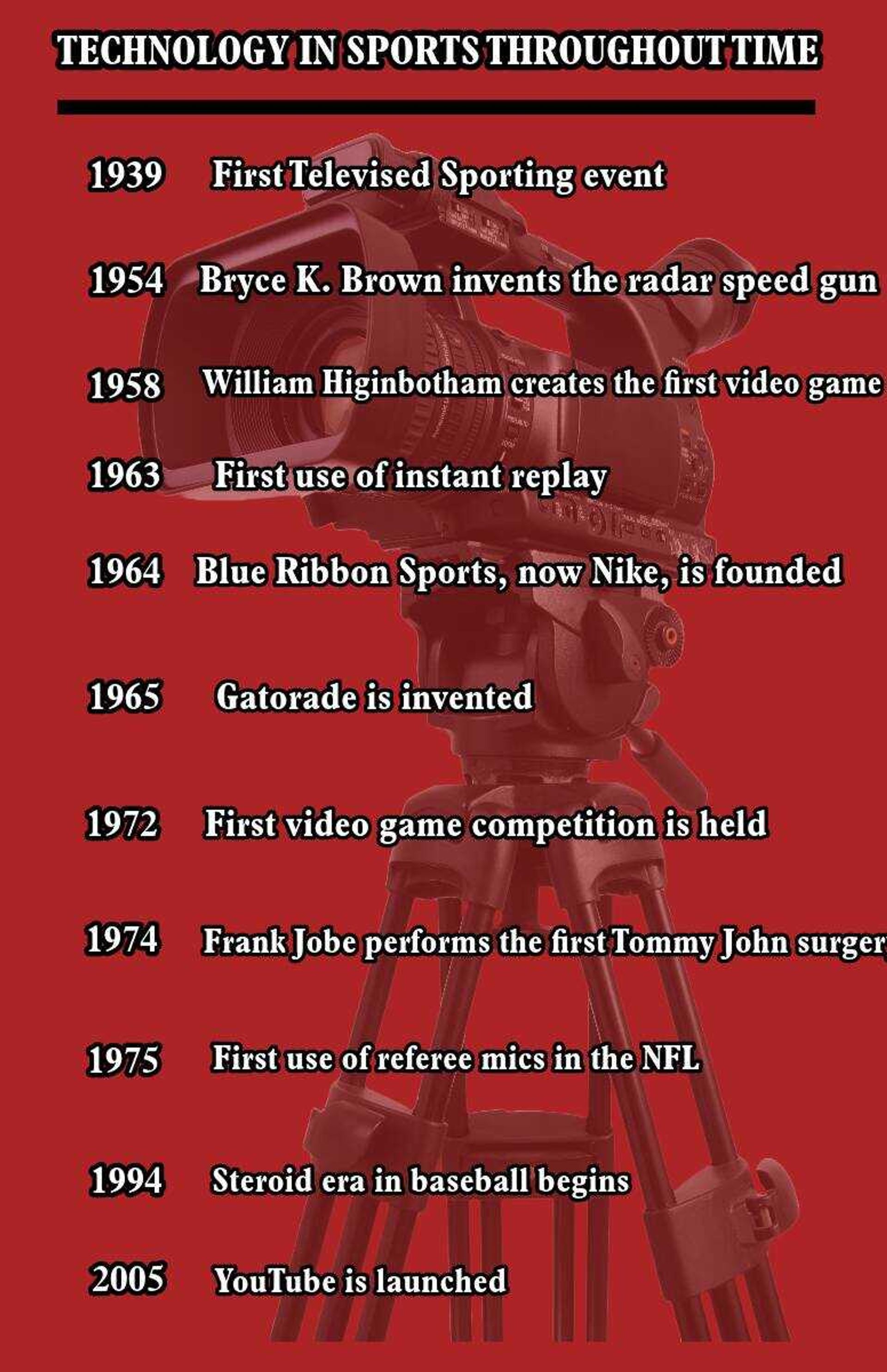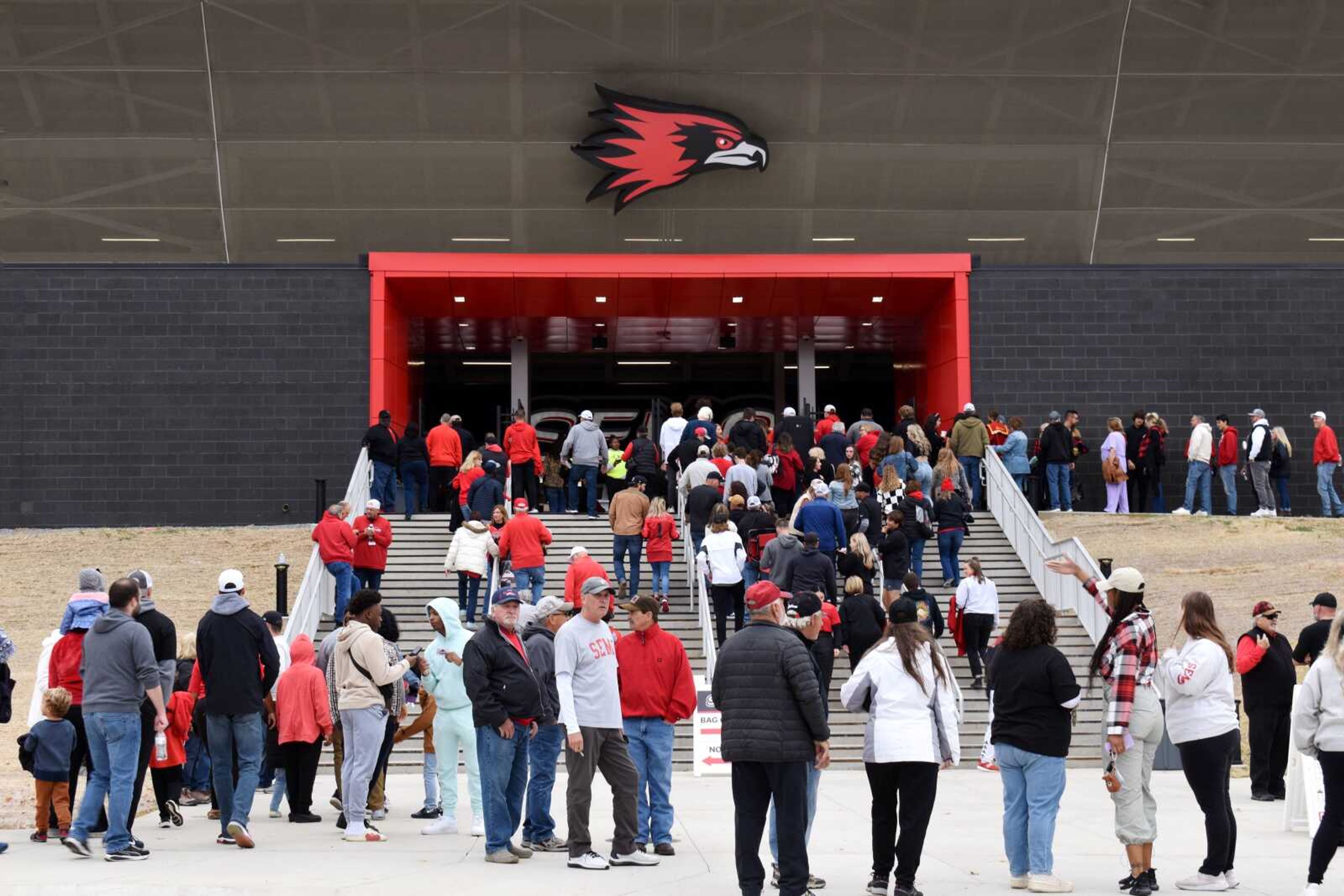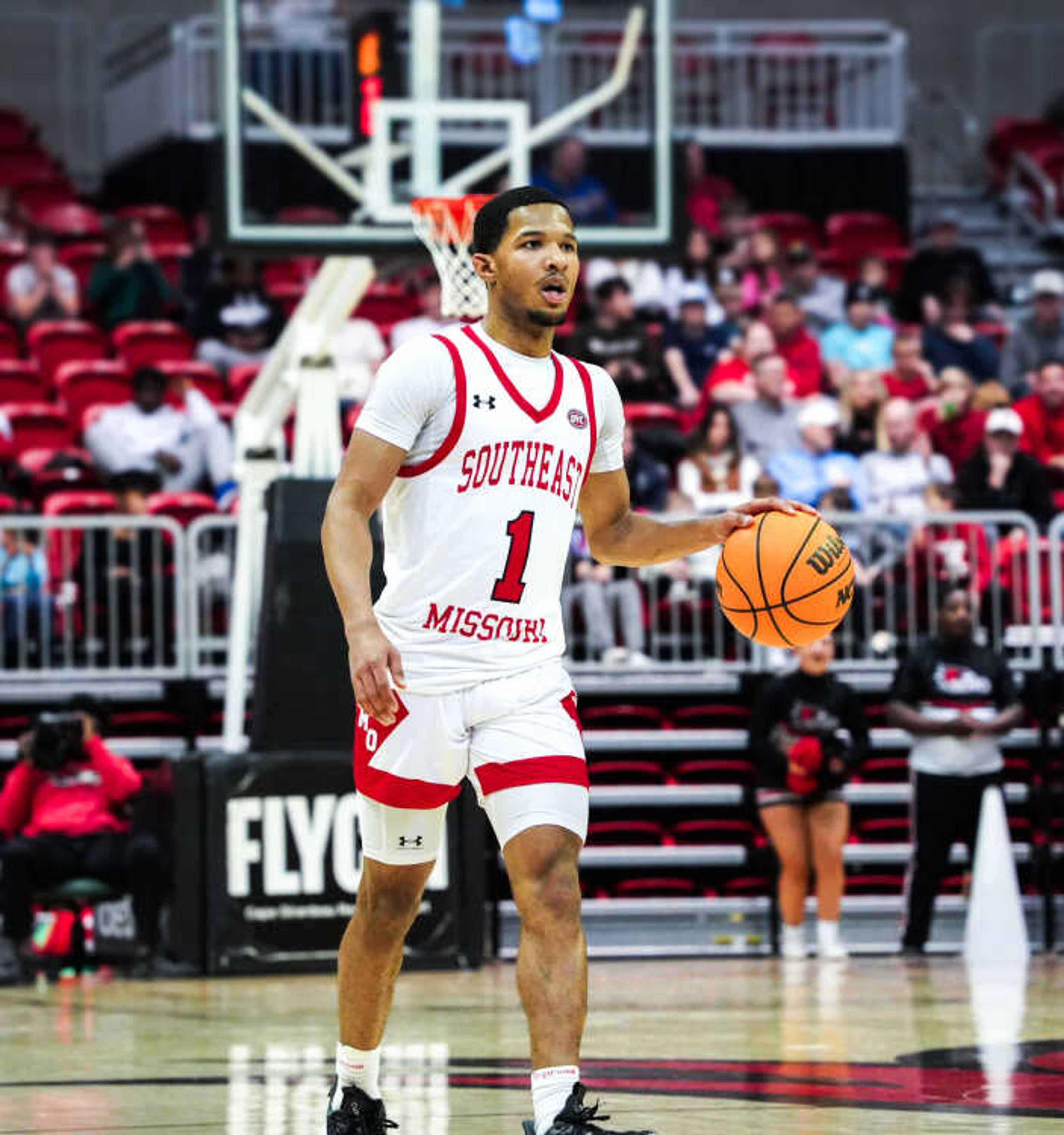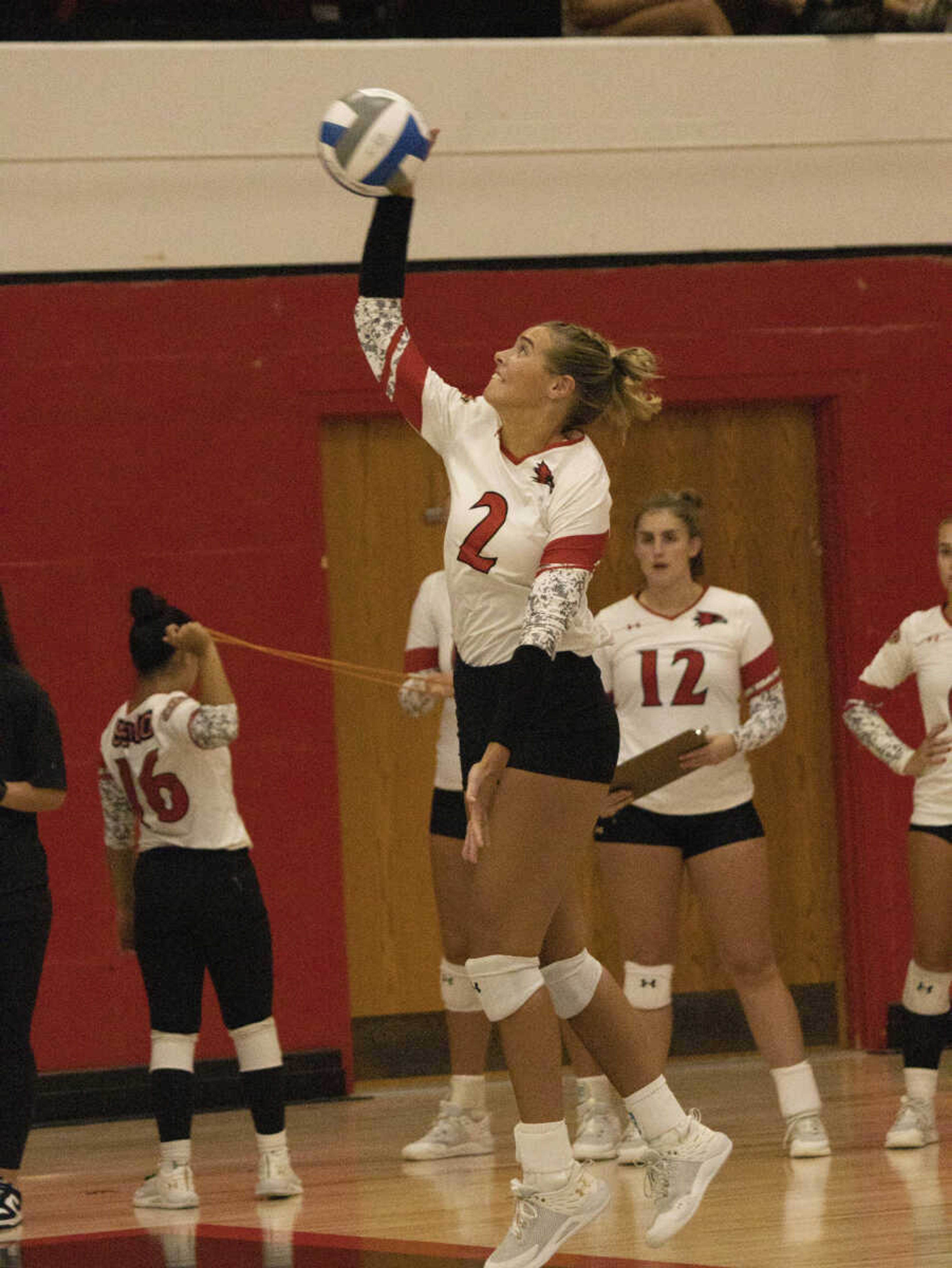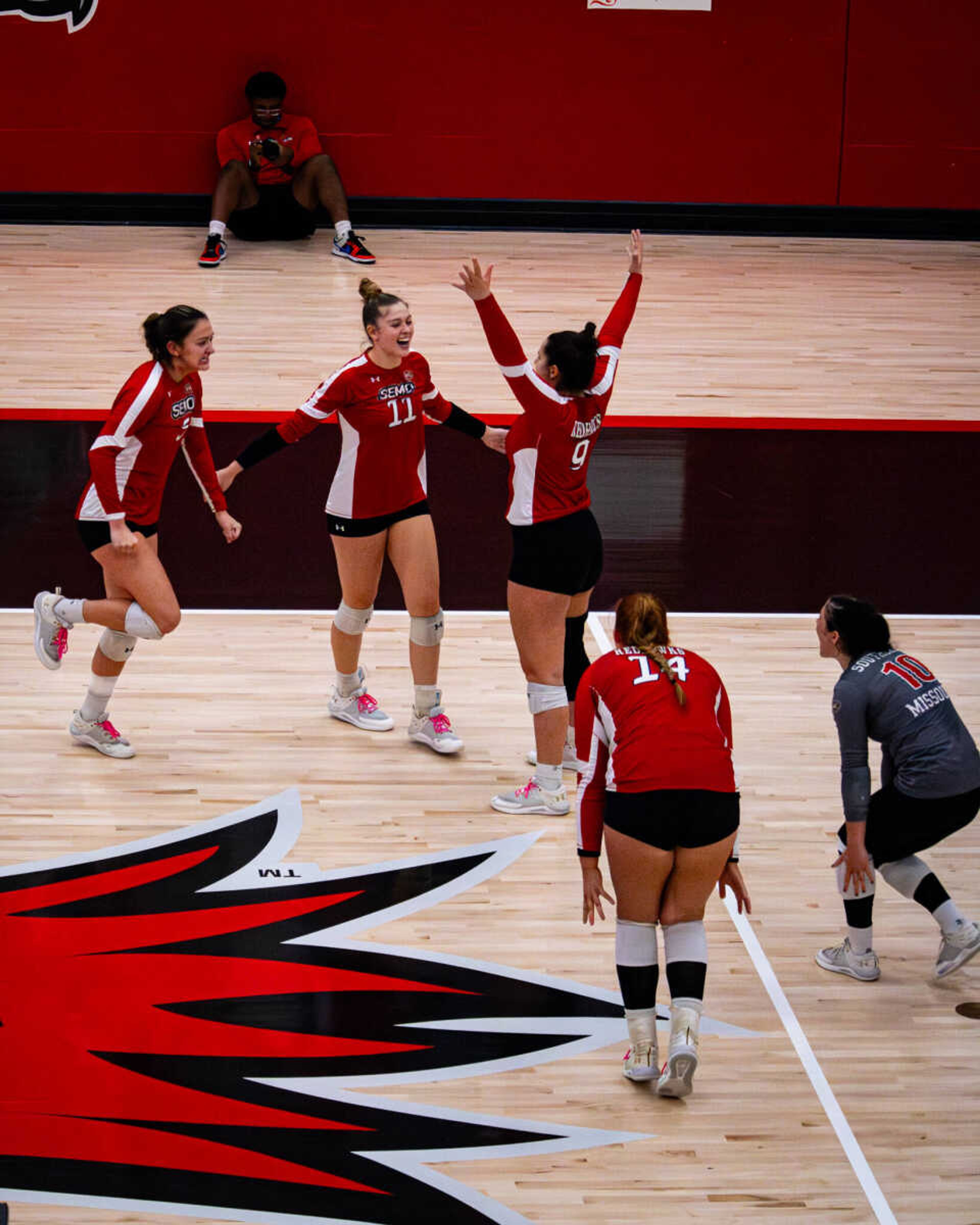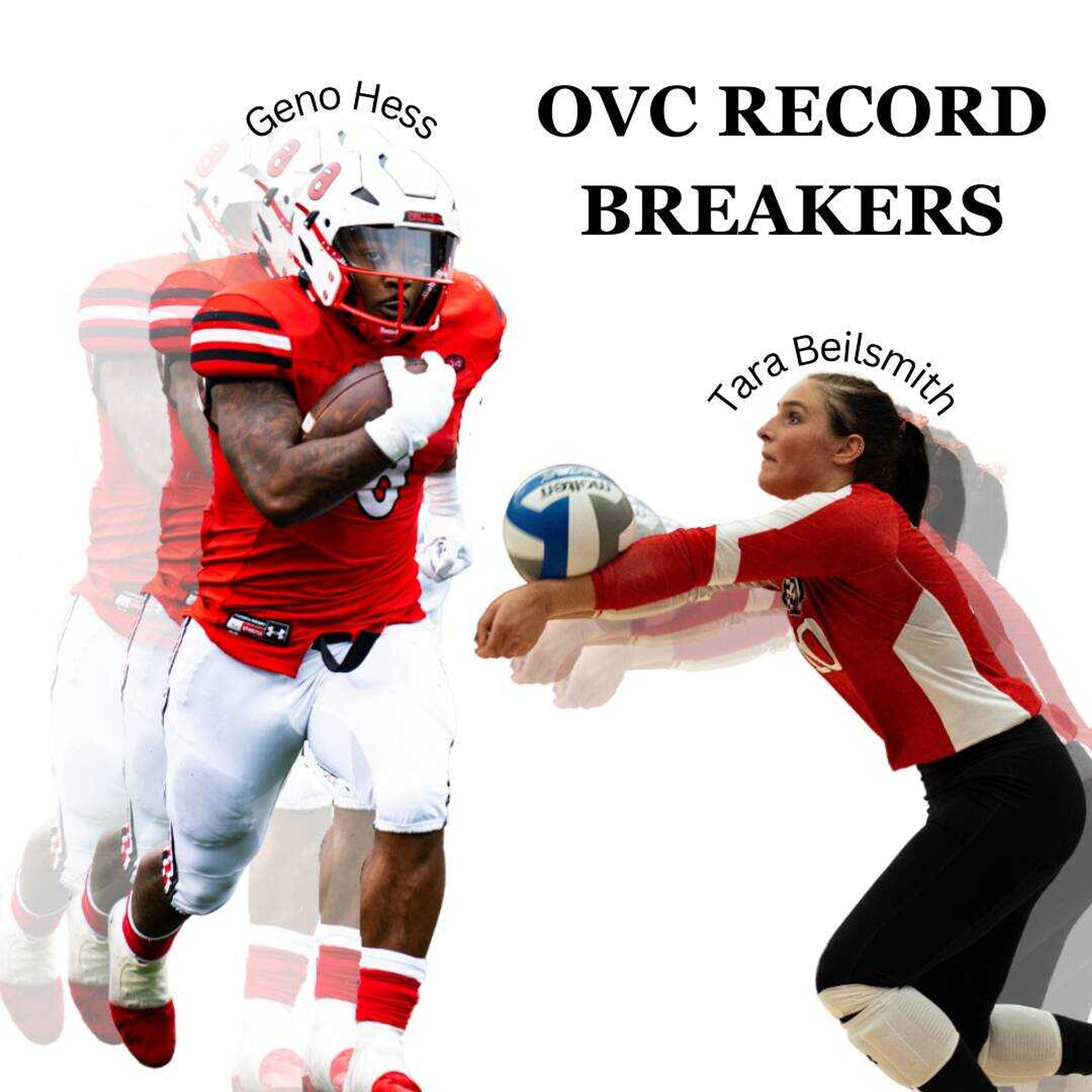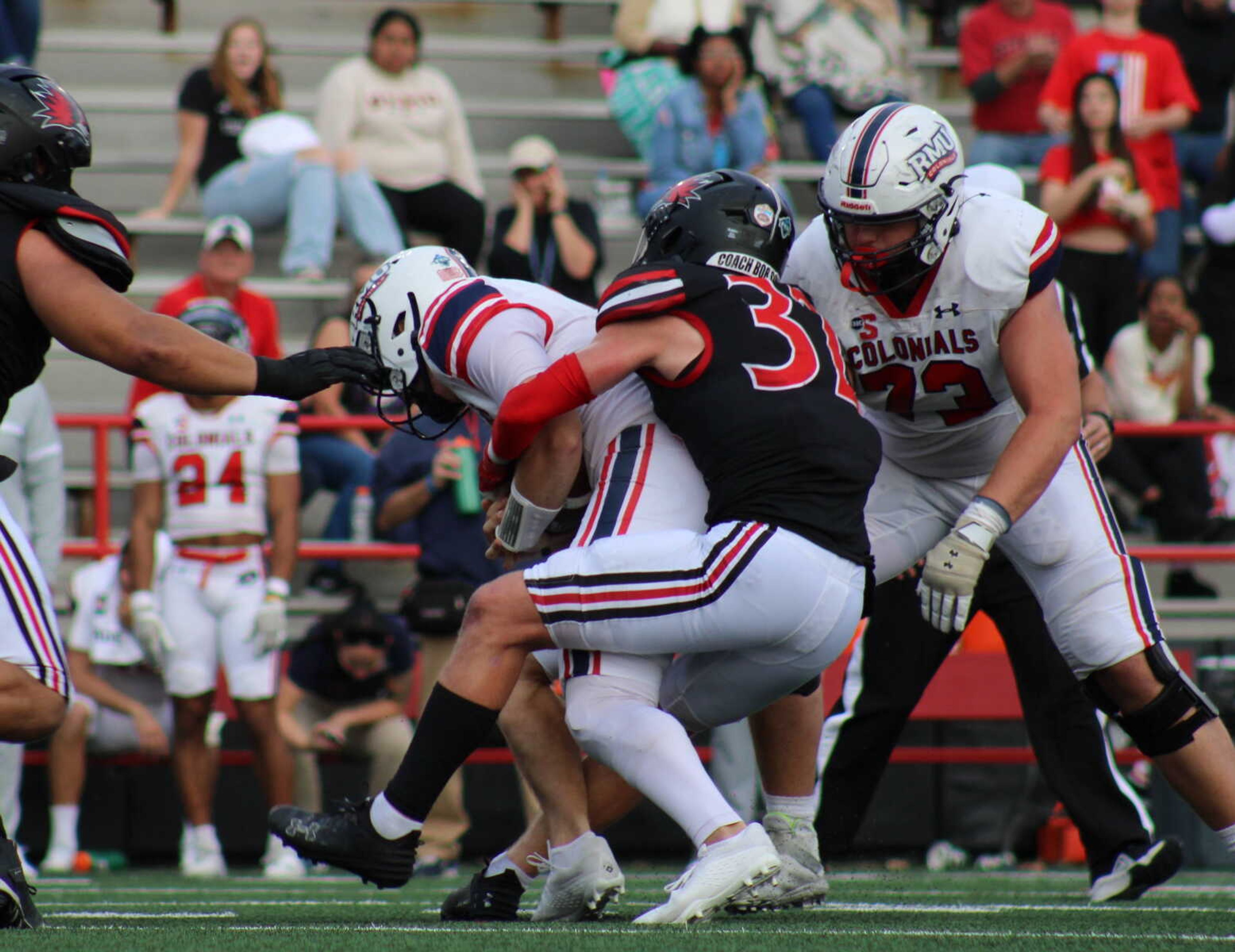Advancements in technology are reshaping the landscape of athletics both on and off the field, with three points of interest emerging at SEMO's campus. These areas include the integration of technology within Houck Stadium, the utilization of cutting-edge technology to enhance athletes' health and the evolving role of technology as a key component in sports itself.
Technology in Houck Stadium
The construction of Houck Stadium started a new age for SEMO. The first phase was built and completed before the start of the 2023 football season, marking the first time in two years SEMO fans had a home grandstand to sit in. The following phases will be built as SEMO gets the funds for the project.
“A lot going into the timeline for completion is related to funding,” athletic director Brady Barke said. “Each component comes with a different price tag, so we will have to work to figure out how we fund that.”
The next phases will include the addition of new seating and the construction of a new building on the east end zone side of the field. The building will be designed for athletes and coaches, creating a more modern space for them to work in.
“That space will include locker rooms and coaches' offices and those types of things as well as a new sports medicine facility, that will not only be used for our student-athletes but also give academic opportunities for health sciences students to get some experiential learning,” Barke said.
One of the changes in the new stadium is a more reliable headset system for football. The new technology in the stadium allows for more stable and clear communication between coaches and players.
An upgraded fan experience was necessary with the introduction of a new stadium. New concession systems and safety measures were put in place to help fans enjoy their game-day experience more.
“We added a new point-of-sale system into the concessions to help speed up that process. Fans should now be able to take credit cards and electronic payments to concessions and get through it quicker.
“Something that a lot of fans don’t typically see is a fire alarm system. With a 90-year-old stadium, there was no fire alarm system in place, so we were able to implement that and keep the safety of our fans in mind,” Barke said.
Technology for athletes’ health
In sports, maintaining athletes’ health is important to a team’s success. Developments in technology have helped athletes recover from strenuous practices and workouts. SEMO football has a piece of equipment called a “Firefly” to help their bodies recover and prepare for the next day of work.
“It looks like a Bandaid that they put on. A player can hit a button and it will send electronic currents through their legs. So they’ll check it out and use it that night in their home and bring it back the next day,” football head coach Tom Matukewicz said.
Another advancement in technology involves the helmets used in football. SEMO football has started to implement a new helmet, the Riddell Axiom, with head-scanning technology to ensure they are a perfect fit for the player. The helmet also has sensors inside of them so the staff can look at who is getting hit the most and where they are getting hit.
“The company makes the helmet fitted to their head. So it used to be where all the helmets were kind of one size fits all and you’d pump them up with air. The helmet is made to their head and that’s what the quarterbacks are wearing,” football co-head athletic trainer Ben Fox said.
A new piece of technology has begun making its way into sports medicine; 3D printing. SEMO senior wide receiver Ryan Flournoy has been wearing a 3D-printed splint on the field during practice and games while recovering from a broken hand.
“We took a scan and this company built us a 3D-printed splint that he was able to take on and off,” Fox said. “It was super protective, but it still allowed him to move.”
With technology in sports medicine being upgraded, SEMO athletics is constantly looking for ways to improve on the technology they already have. They are also seeing what other schools around the country are doing to improve their athletic training and what they do to help their athletes.
“We got what we need to be able to do right now, but we are always looking for the next opportunity. What’s the next product that everybody’s got? That’s something we’re always looking at,” Fox said.
Technology as a sport
According to statista.com, the League of Legends World Championship final peaked at 5.15 million concurrent viewers. eSports has grown into a worldwide phenomenon, with tournaments for games like Call of Duty, Halo, Overwatch 2 and more taking place year-round. SEMO eSports takes place in their own tournaments, traveling to other schools or taking place in tournaments online.
“On our online tournaments and our normal collegiate leagues, we are able to play from our arena where we have our 12 PCs and connect to the other team online,” Assistant director of competitive sports and conferences Ricky Reed said. “Or we have the option of LAN tournaments and usually it’s just taking up a certain space whether it’s a room or gymnasium depending on the scale.”
The constant change in computer technology means SEMO eSports must upgrade in order to stay competitive. New consoles, computers, monitors and keyboards allow players to perform at the highest level, while the most updated software allows the games and tournament connections to maximize things like frame rate and graphics quality.
“We have the most up-to-date consoles and we always try to provide equipment that is top-of-the-line to make it easier for playing. You constantly have to buy new PCs or new equipment and keep them up to date. So we’re probably getting on that time soon to start trying to upgrade our PCs,” Reed said.
The growth of eSports has reached all ages. High schools are creating their own eSports teams and competing in local tournaments. Colleges are creating scholarships for players to come play for their eSports team and professional organizations are paying their players.
“There’s actual professional leagues that are paying players over six-figure salaries to play for a professional team and professional organizations with staff like a professional football team,” Reed said.
The teams in eSports have evolved along with the technology. Single-player games like Pac-Man and Tetris have made way for team games with round-based matches like Valorant. Teams who compete in these tournaments have grown from a few players to include things like substitute players, coaches and other staff members.
“Teams now have marketers, they have coaches, analysts and nutritionists. They also have full-sized gaming facilities. So it’s really come far, especially within the last 10 years,” Reed said.
Technology Improving Performance
The development of cameras has allowed teams and athletes to review their practices and games to see what went right or wrong and help improve their play in their next games. More recently, the addition of drones has been implemented as a cheaper and more efficient technique.
“One of the things that’s changed here is the use of drones,” Matukewicz said. “When I first got here, we put that big filming tower in there for about 200 grand. Now we have flying drones that are better and cost only about a grand.”
The use of digital film allows a team to post their practice and game footage online almost instantly. The ease of access means players can review films from anywhere rather than only in team meetings.
“All the digital film, we go and upload it to a website and the kids can watch it when they get home,” Matukewicz said.
Barke said advances in technology come from different angles. SEMO must adapt to the changes in order to not fall behind the competition.
